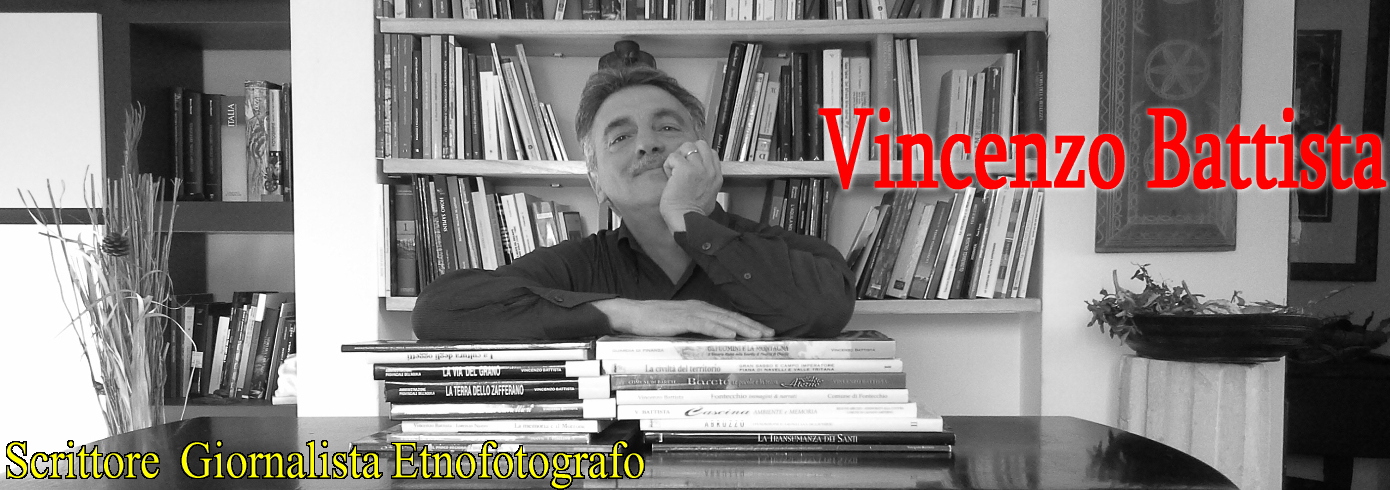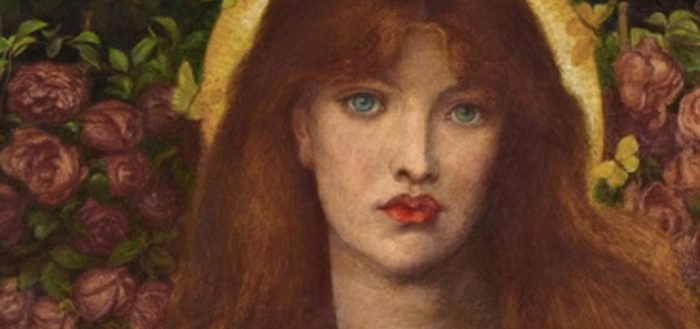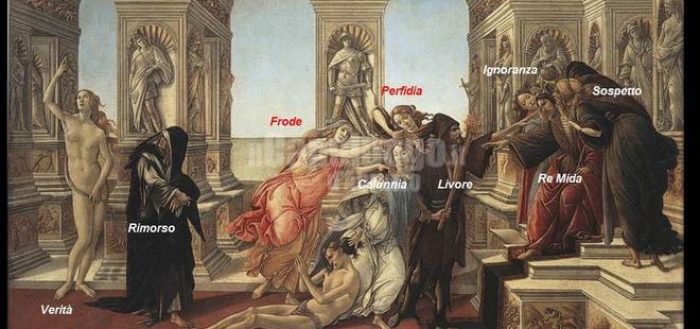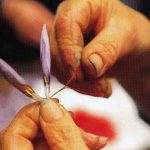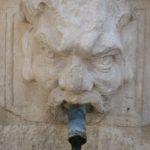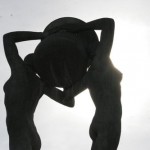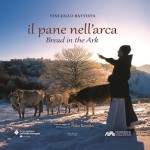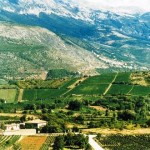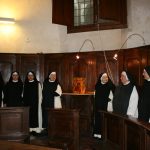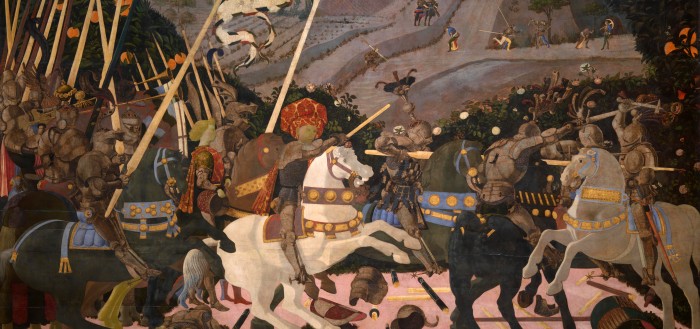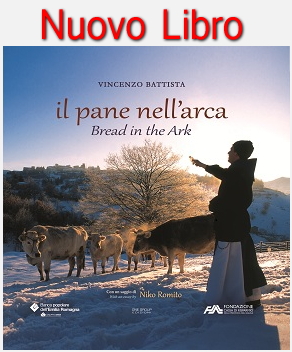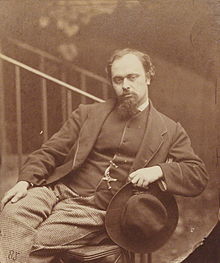
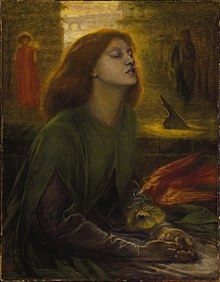
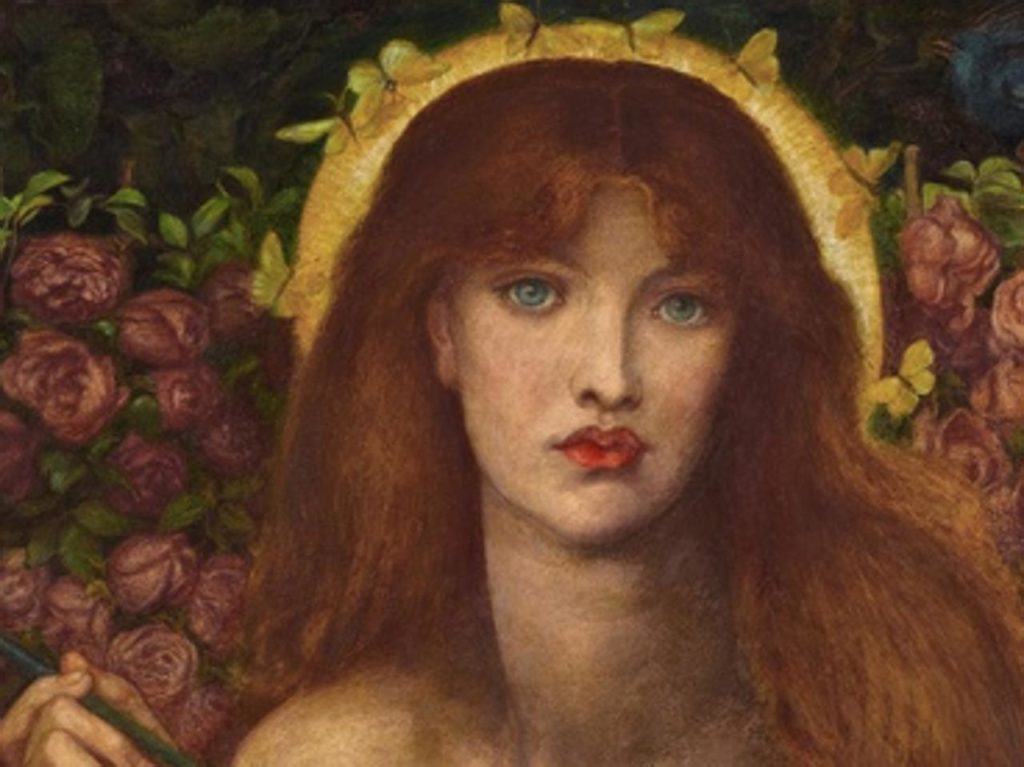
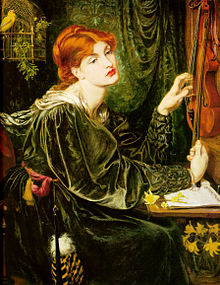
Quinto Step. Dante Gabriele Rossetti. Classe V C. I Preraffaelliti. Liceo“Cotugno”- L’Aquila. Didattica a distanza. Esami di Stato.
Quaderno di Arte. Brano Inglese e Italiano. Dante Gabriele Rossetti
Clil – Arte e Inglese.
” O amore, mio amore. Dovessi io non più vedere te o neanche, in terra, l’ombra di te, né il riflesso dei tuoi occhi in una fonte, come suonerebbe – per l’oscuro pendio della vita – il turbinìo delle perse foglie di Speranza, l’aliare dell’imperitura ala di Morte? “. Dante Gabriele Rossetti.
Tradurre il brano.
After a general education in the junior department of King’s College (1836–41), Rossetti hesitated between poetry and painting as a vocation. When about 14 he went to “Sass’s,” an old-fashioned drawing school in Bloomsbury (central London), and thence, in 1845, to the Royal Academy schools.
Meanwhile, he read romantic literature, William Shakespeare, J.W. von Goethe, Lord Byron, Sir Walter Scott, and Gothic tales of horror. He was fascinated by the work of the American writer Edgar Allan Poe. In 1847 he discovered the 18th-century English painter-poet William Blake through the purchase of a volume of Blake’s designs and writings in prose and verse; the volume has since been known as the “Rossetti MS”.
By the time Rossetti was 20, he had already done a number of translations of Italian poets and had composed some original verse, but he was also much in and out of artists’ studios and for a short time was, in an informal way, a pupil of the painter Ford Madox Brown. He acquired some of Brown’s admiration for the German “Pre-Raphaelites,” the nickname of the austere Nazarenes, who had sought to bring back into German art a pre-Renaissance purity of style and aim.
Largely through Rossetti’s efforts, the English Pre-Raphaelite Brotherhood was formed in 1848 with seven members, all Royal Academy students except for William Michael Rossetti. They aimed at “truth to nature,” which was to be achieved by minuteness of detail and painting from nature outdoors. Other two members were William Holman Hunt and John Everett Millais. Rossetti expanded the Brotherhood’s aims by linking poetry, painting, and social idealism and by interpreting the term Pre-Raphaelite as synonymous with a romanticized medieval past.
While Rossetti’s first two oil paintings—The Girlhood of Mary (1849) and Ecce Ancilla Domini (The Annunciation; 1850)—were simple in style, they were elaborate in symbolism. Some of the same atmosphere is felt in the rich word-painting and emotional force of his poem “The Blessed Damozel,” published in 1850 in the first issue of “The Germ”, the Pre-Raphaelite magazine. When it was exhibited in 1850, “Ecce Ancilla Domini” received severe criticism, which Rossetti could never bear. In consequence, he ceased to show in public and gave up oils in favour of watercolours, which he could more easily dispose of to personal acquaintances. He also turned from traditional religious themes to painting scenes from Shakespeare, Robert Browning, and Dante, which allowed more freedom of imaginative treatment. A typical example of his work from this period is “How They Met Themselves” (1851–60). After 1856 Rossetti was led by Sir Thomas Malory’s “Morte D’Arthur” and Lord Tennyson’s “Idylls of the King” to evoke in his paintings an imaginary Arthurian epoch, with heraldic glow and pattern of colour and medieval accessories of armour and dress.
The 1850s were eventful years for Rossetti. They began with the introduction into the Pre-Raphaelite circle of the beautiful Elizabeth Siddal, who served at first as model for the whole group but was soon attached to Rossetti alone and, in 1860, married him. Many portrait drawings testify to his affection for her.
In 1854 he gained a powerful patron in the art critic John Ruskin. By then the Pre-Raphaelite Brotherhood was at an end, splintered by the different interests and temperaments of its members. But Rossetti’s magnetic personality aroused a fresh wave of enthusiasm. In 1856 he came into contact with the then-Oxford undergraduates Edward Burne-Jones and William Morris. With these two young disciples he initiated a second phase of the Pre-Raphaelite movement. The two main aspects of this fresh departure were a romantic enthusiasm for a legendary past instead of the realism of “truth to nature” and the ambition of reforming the applied arts of design. Rossetti’s influence not only led to easel pictures illustrating Arthurian legend but also into other fields of art. A new era of book decoration was foreshadowed by Rossetti’s illustration for the Moxon edition of the “Poems” (1857) of Tennyson. His commission in 1856 to paint a triptych (The Seed of David) for Llandaff Cathedral was a prelude to the ambitious scheme of 1857 to decorate the Oxford Union debating chamber with mural paintings of Arthurian themes. Though Rossetti and his helpers (Burne-Jones, Morris, and others) failed through want of technical knowledge and experience, the enterprise was fruitful in suggesting that the scope of art could be expanded to include the crafts.
Traduzione italiana
Dante Gabriel Rossetti
Scheda.
Dante Gabriel Rossetti (12 maggio 1828 – 9 aprile 1882) fu un poeta inglese, illustratore, pittore e traduttore, fondatore e rappresentante di spicco della Fratellanza preraffaellita. Dante Gabriel fu il membro più celebre della famiglia Rossetti.
Primi Anni
Dopo una formazione generale presso il dipartimento junior del King’s College (1836-1841), Rossetti esitò tra poesia e pittura come vocazione. A circa 14 anni si recò a “Sass”, una scuola di disegno vecchio stile a Bloomsbury (centro di Londra), e quindi, nel 1845, alle scuole della Royal Academy.
Nel frattempo, leggeva letteratura romantica, William Shakespeare, J.W. von Goethe, Lord Byron, Sir Walter Scott e racconti horror gotici. Era affascinato dalle opere dello scrittore americano Edgar Allan Poe. Nel 1847 scoprì il pittore e poeta inglese William Blake del 18° secolo attraverso l’acquisto di un volume di disegni e scritti di Blake in prosa e versi; il volume è da allora noto come “Rossetti MS”.
All’età di 20 anni, aveva già fatto una serie di traduzioni di poeti italiani e aveva composto alcuni versi originali, ma anche frequentava gli studi degli artisti e per un breve periodo fu, in modo informale, un allievo del pittore Ford Madox Brown. Fu influenzato dall’ammirazione di Brown per i “preraffaelliti” tedeschi, soprannominati Nazareni, che avevano cercato di riportare nell’arte tedesca una purezza pre-rinascimentale di stile e scopo.
In gran parte attraverso gli sforzi di Rossetti, la Fratellanza Preraffaellita inglese fu formata nel 1848 con sette membri, tutti studenti della Royal Academy tranne William Michael Rossetti. Miravano alla “verità alla natura”, che doveva essere raggiunta attraverso la minuzia dei dettagli e la pittura della natura all’aperto. Altri due membri erano William Holman Hunt e John Everett Millais. Rossetti ampliò gli obiettivi della Fratellanza collegando poesia, pittura e idealismo sociale e interpretando il termine preraffaellita come sinonimo di un passato medievale romanticizzato.
Mentre i primi due dipinti ad olio di Rossetti – The Girlhood of Mary (1849) ed Ecce Ancilla Domini (The Annunciation; 1850) – erano semplici nello stile, erano tuttavia elaborati nel simbolismo. Un po’ della stessa atmosfera si sente nella ricchezza pittorica e nella forza emotiva della poesia “The Blessed Damozel”, pubblicata nel 1850 nel primo numero di “The Germ”, la rivista preraffaellita. Quando fu esposta nel 1850, “Ecce Ancilla Domini” ricevette critiche severe, che Rossetti non riuscì mai a sopportare. Di conseguenza, smise di mostrare in pubblico e ha rinunciò agli oli a favore degli acquerelli, che avrebbe potuto più facilmente distribuire a conoscenti personali. Passò anche da temi religiosi tradizionali a scene di pittura di Shakespeare, Robert Browning e Dante, che consentivano una maggiore libertà di trattamento immaginativo. Un tipico esempio del suo lavoro di questo periodo è “Come si sono conosciuti” (1851-1860). Dopo il 1856 Rossetti fu guidato da “Morte d’Arthur” di Sir Thomas Malory e “Idillio del re” di Lord Tennyson per evocare nei suoi dipinti un’epoca immaginaria di Artù, con bagliore araldico e motivi di colore e accessori medievali di armature e abiti.
Gli anni 1850 furono anni intensi per Rossetti. Cominciarono con l’introduzione nel circolo preraffaellita della bellissima Elizabeth Siddal, che inizialmente servì da modella per l’intero gruppo ma fu presto attaccata a Rossetti da sola e, nel 1860, lo sposò. Molti ritratti testimoniano il suo affetto per lei.
Nel 1854 trovò un potente mecenate nel critico d’arte John Ruskin. A quel punto la Fratellanza preraffaellita era terminata, frammentata dai diversi interessi e temperamenti dei suoi membri. Ma la personalità magnetica di Rossetti suscitò una nuova ondata di entusiasmo. Nel 1856 entrò in contatto con gli studenti universitari di Oxford, Edward Burne-Jones e William Morris. Con questi due giovani discepoli iniziò una seconda fase del movimento preraffaellita. I due aspetti principali di questa nuova iniziativa furono l’entusiasmo romantico per un passato leggendario anziché il realismo della “aderenza alla natura”, e l’ambizione di riformare le arti applicate del design. L’influenza di Rossetti non solo portò a immagini di dipinti su cavalletto che illustravano la leggenda arturiana, ma anche in altri campi dell’arte. Una nuova era della decorazione del libro fu inaugurata dall’illustrazione di Rossetti per l’edizione Moxon di “Poems” (1857) di Tennyson. La sua commissione nel 1856 di dipingere un trittico (The Seed of David) per la Cattedrale di Llandaff fu un preludio all’ambizioso schema del 1857 per decorare la camera di dibattito dell’Unione di Oxford con dipinti murali di temi arturiani. Sebbene Rossetti e i suoi aiutanti (Burne-Jones, Morris e altri) abbiano fallito per mancanza di conoscenze tecniche ed esperienza, l’impresa fu fruttuosa nel suggerire che l’ambito dell’arte potesse essere ampliato così da includere l’artigianato.
